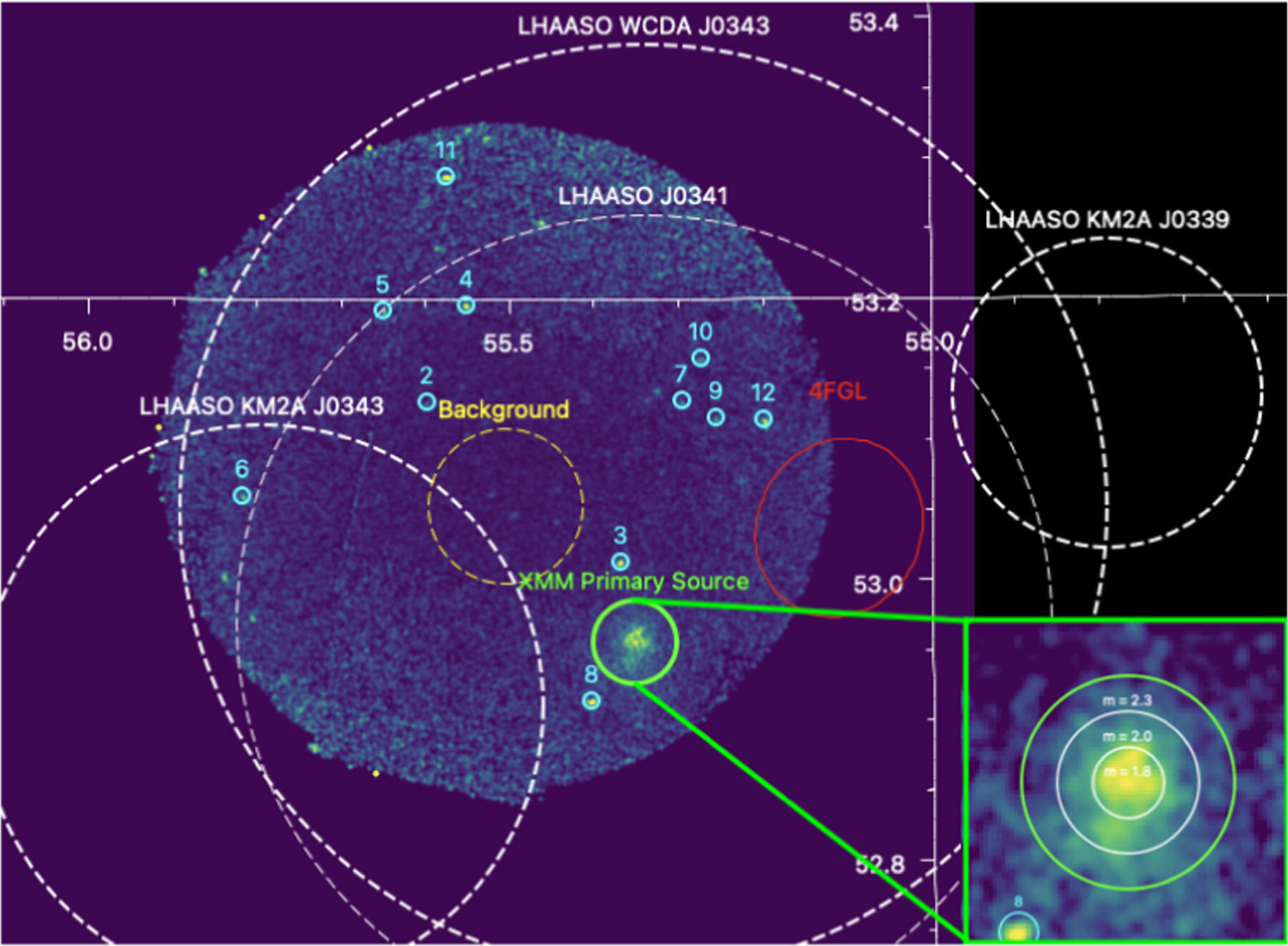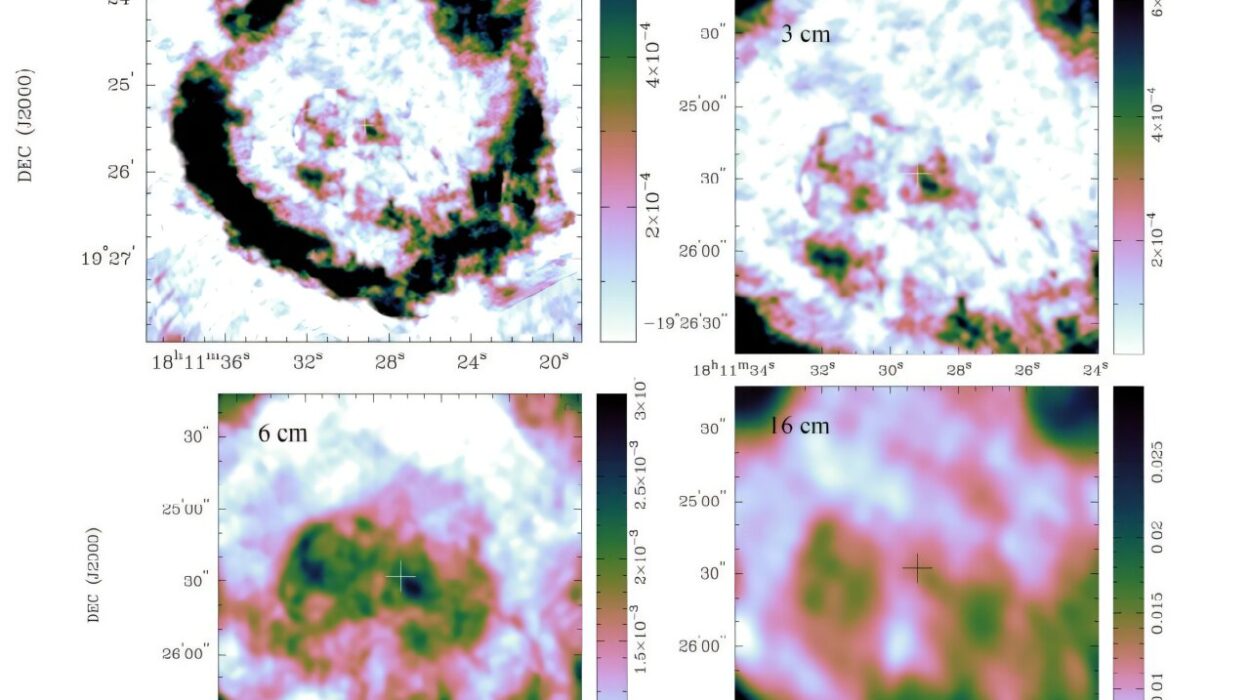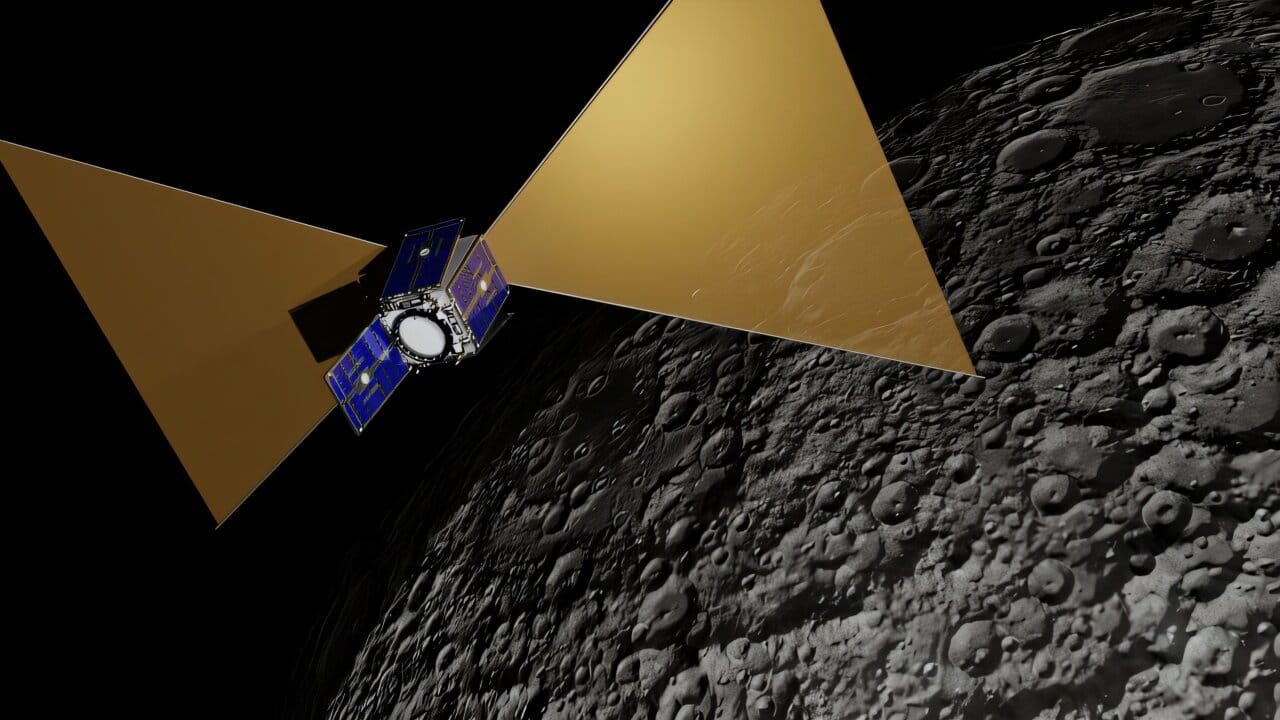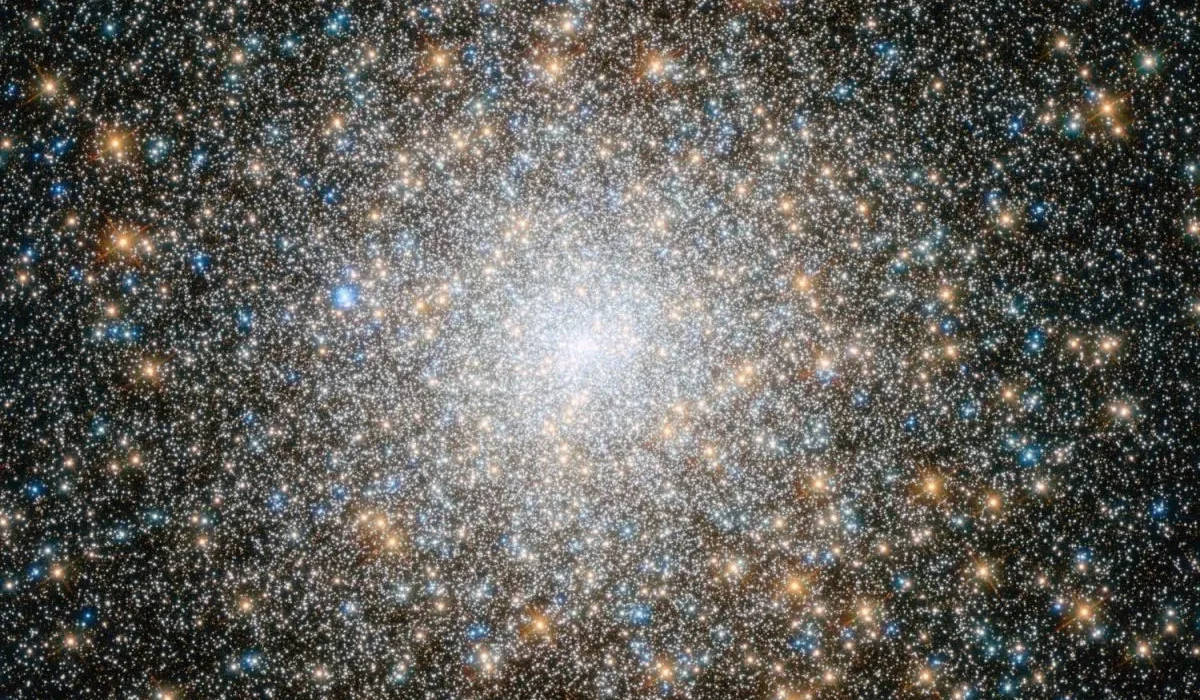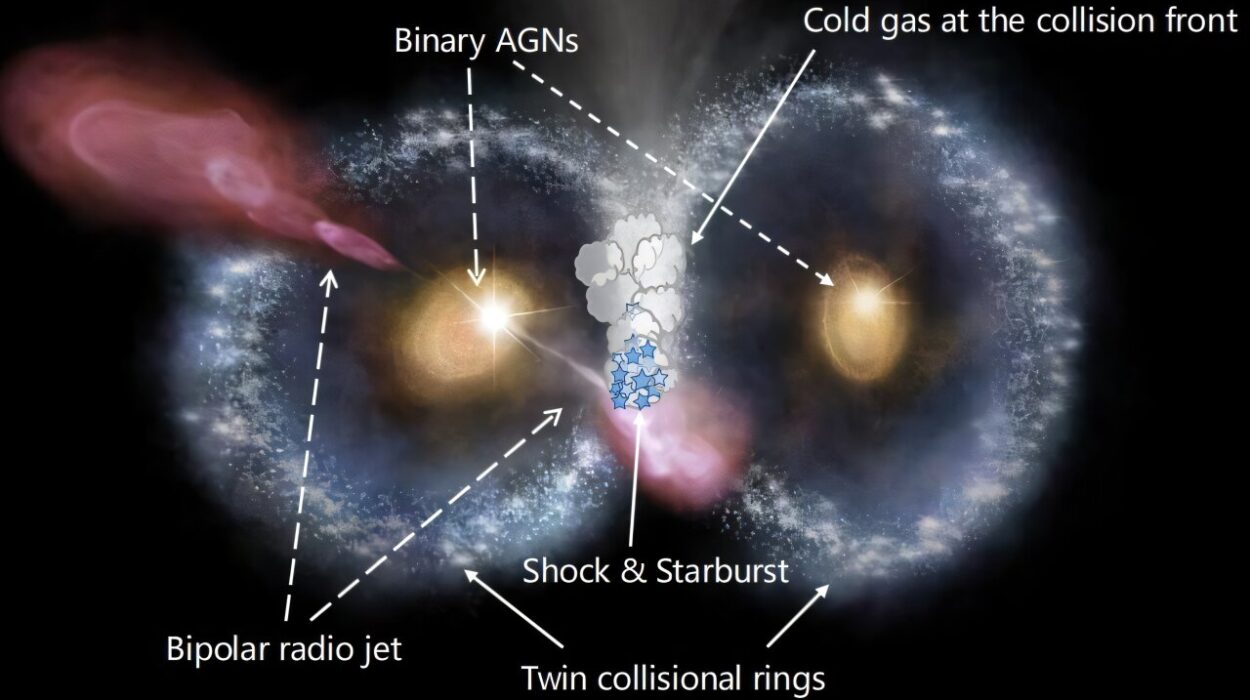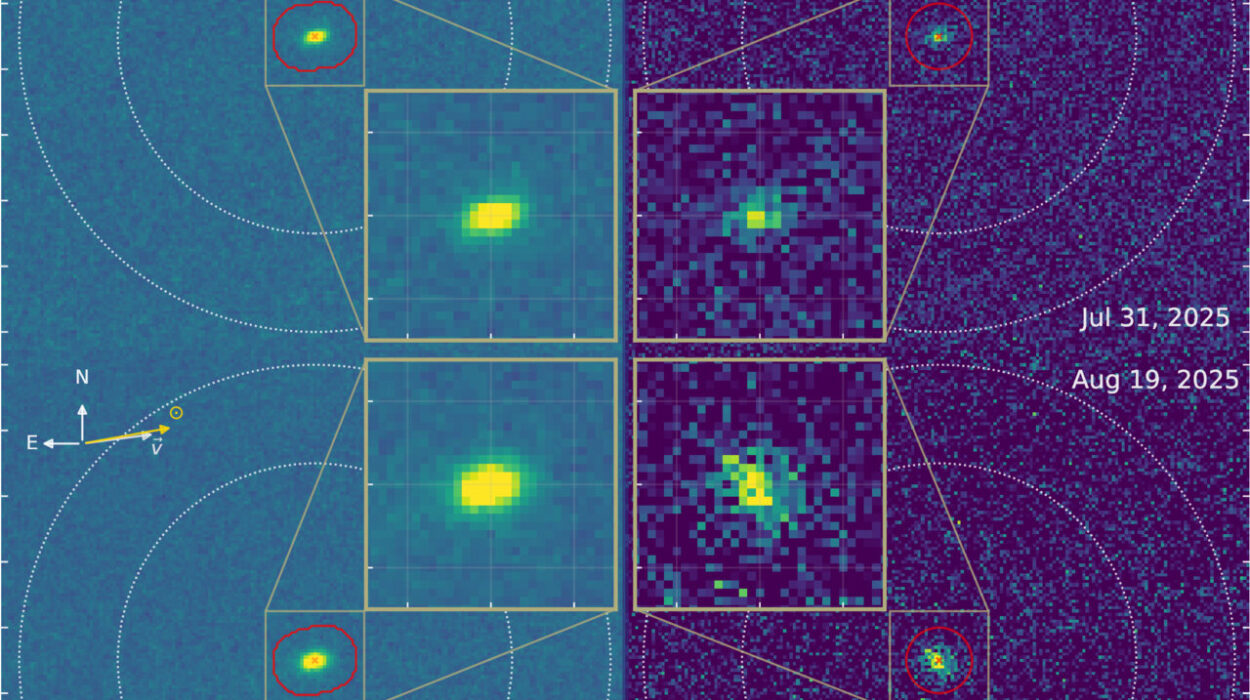For more than a century, cosmic rays have rained down on Earth—relentless, invisible travelers born in the violent heartbeats of the cosmos. Now, a team of astrophysicists at Michigan State University believes they’re closer than ever to answering a century-old cosmic riddle: Where, exactly, do these ghostly messengers come from?
The mystery of galactic cosmic rays, high-energy particles that zip through the universe at near-light speeds, has lingered since their discovery in 1912. Scientists have long suspected they originate from extreme phenomena like black holes or exploding stars. But pinpointing their exact birthplaces in the swirling chaos of the Milky Way has remained maddeningly elusive—until now.
Dr. Shuo Zhang, assistant professor of physics and astronomy at MSU, and her team have been leading a bold scientific expedition—not into space itself, but into the data pouring in from some of the world’s most powerful cosmic observatories. Their new research, presented last week at the 246th meeting of the American Astronomical Society in Anchorage, Alaska, is shedding unprecedented light on the enigmatic sources of these energetic particles and the galactic engines known as PeVatrons that launch them.
“These particles are like cosmic graffiti,” Zhang said in an interview. “They leave behind clues about the most extreme environments in the universe. We’re finally learning how to read those clues.”
The Cosmic Whisperers
Cosmic rays are not rays in the traditional sense but rather particles—mostly protons and atomic nuclei—that slam into Earth’s atmosphere, sometimes triggering spectacular auroras, and more subtly, stirring the very building blocks of matter on our planet. While their effects on Earth are mostly harmless, their origins touch on profound questions in physics: How do galaxies evolve? What’s the true nature of dark matter? And what can cosmic rays teach us about the fundamental forces that govern everything?
The true intrigue, however, lies in their sources. Cosmic rays have long been suspected to come from the remains of supernova explosions, rapidly spinning neutron stars known as pulsars, or even the chaotic edges of black holes. But tracing a single cosmic ray back to its source is akin to trying to guess the origin of a raindrop during a storm. Until now, identifying a cosmic ray source required a stroke of cosmic luck and the right observational tools at the right time.
Zhang and her team might have found that luck—and the tools.
A Pulsar’s Secret Revealed
In one of their groundbreaking studies, published in The Astrophysical Journal, postdoctoral researcher Stephen DiKerby examined a candidate PeVatron identified by the Large High Altitude Air Shower Observatory (LHAASO), a sprawling array high in the mountains of China built to capture the invisible fireworks of cosmic radiation.
The candidate in question was a mystery. LHAASO had flagged it as a possible source of PeV (petaelectronvolt) particles—an energy level millions of times higher than anything humans can achieve with the Large Hadron Collider. But its true nature remained hidden.
DiKerby turned to the skies, using archival X-ray data from the European Space Agency’s XMM-Newton space telescope. What he found was a pulsar wind nebula—a glowing, expanding cloud of energetic particles powered by a central pulsar, the ultra-dense core left behind after a massive star explodes.
The discovery was a major breakthrough.
“It’s like finding a jet engine in the wreckage of a crash,” DiKerby said. “This pulsar wind nebula is acting like a natural particle accelerator, shooting out cosmic rays with staggering energies.”
This marks one of the rare instances in which a PeVatron’s source could be positively identified and classified, anchoring years of theoretical predictions in real, observable astrophysics.
The Power of Undergraduate Curiosity
The second study, published in Research Notes of the American Astronomical Society, showcases another remarkable aspect of Zhang’s research group—the power of mentorship and youthful curiosity.
Three undergraduate students at MSU—Ella Were, Amiri Walker, and Shaan Karim—turned their attention to other LHAASO cosmic ray sources. Using NASA’s Swift X-ray Telescope, they searched for signs of high-energy X-ray emission in these mysterious regions.
Though their search did not confirm new sources, their work was critical. They calculated upper limits for emissions, essentially setting scientific boundaries that can guide future missions. These measurements help rule out or refine the characteristics of potential cosmic ray sources, and their work could serve as a trail map for deeper investigations.
Zhang beamed with pride when discussing her students’ efforts.
“It’s a huge contribution,” she said. “These students are helping lay the foundation for a future cosmic ray catalog. A legacy project, really—something that will support neutrino observatories and space telescopes for years to come.”
A Symphony of Particles
Perhaps the most poetic revelation of Zhang’s work lies in its connection to neutrinos—tiny, nearly massless particles that stream through the universe in numbers so vast, they’re unimaginable. Every second, about 100 trillion of these cosmic neutrinos pass through your body. You don’t feel them. They don’t harm you. But they are there—whispering secrets from ancient galaxies.
“Don’t you want to know where they came from?” Zhang asked, her eyes shining. “Some of them were born near black holes. Some were made in star-forming regions. And some may have been riding shockwaves from dying stars. Each one carries a story.”
That story is what Zhang’s team is now chasing. Their next project will combine data from the IceCube Neutrino Observatory buried in Antarctica with high-energy X-ray and gamma-ray observations. The aim? To understand why some cosmic ray sources also produce neutrinos while others do not—and what that tells us about how the universe makes and moves matter.
“It’s like building a symphony out of different instruments,” she explained. “Neutrinos, cosmic rays, X-rays, gamma rays—they all sing different parts of the same cosmic song.”
Cosmic Connections to Earth
While this may seem like deep-space science with little bearing on everyday life, the implications are profound. Cosmic rays interact with Earth’s atmosphere, contributing to radiation exposure on airplanes, influencing cloud formation, and perhaps even playing a role in evolutionary biology. And on a philosophical level, they remind us that we are part of a larger cosmic tapestry.
“Cosmic rays are part of our story,” Zhang said. “The particles that fly through space eventually find their way here. They’ve shaped the conditions on Earth and they connect us to the universe’s most extreme events.”
A New Era of Cosmic Discovery
Zhang’s work exemplifies a thrilling era in astrophysics—where particle physics and astronomy collide, where X-rays and neutrinos speak in harmony, and where student researchers play just as vital a role as veteran scientists.
As the MSU team continues their journey into the heart of the cosmos, their research brings us closer not only to solving long-standing scientific mysteries, but also to a deeper, more emotional understanding of our place in the universe.
So the next time you look up at the stars, remember: some of the most powerful particles in existence are moving through you—silent witnesses to the dance of galaxies, the birth of stars, and the death throes of cosmic giants. And thanks to a small group of researchers in Michigan, we may finally be learning where those particles were born.
References: Stephen DiKerby et al, Discovery of a Pulsar Wind Nebula Candidate Associated with the Galactic PeVatron 1LHAASO J0343+5254u, The Astrophysical Journal (2025). DOI: 10.3847/1538-4357/adb7e0
Amiri Walker et al, Swift-XRT Observations and Upper Limits at Five LHAASO Galactic Sources, Research Notes of the AAS (2025). DOI: 10.3847/2515-5172/adccb9
